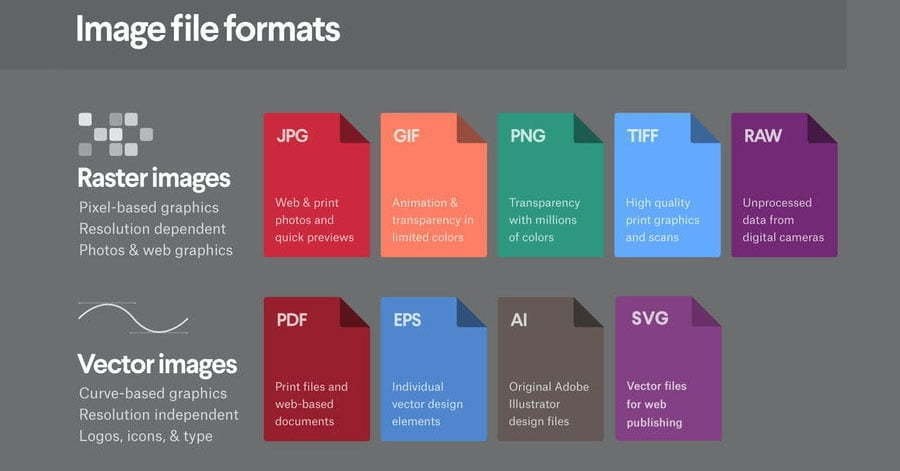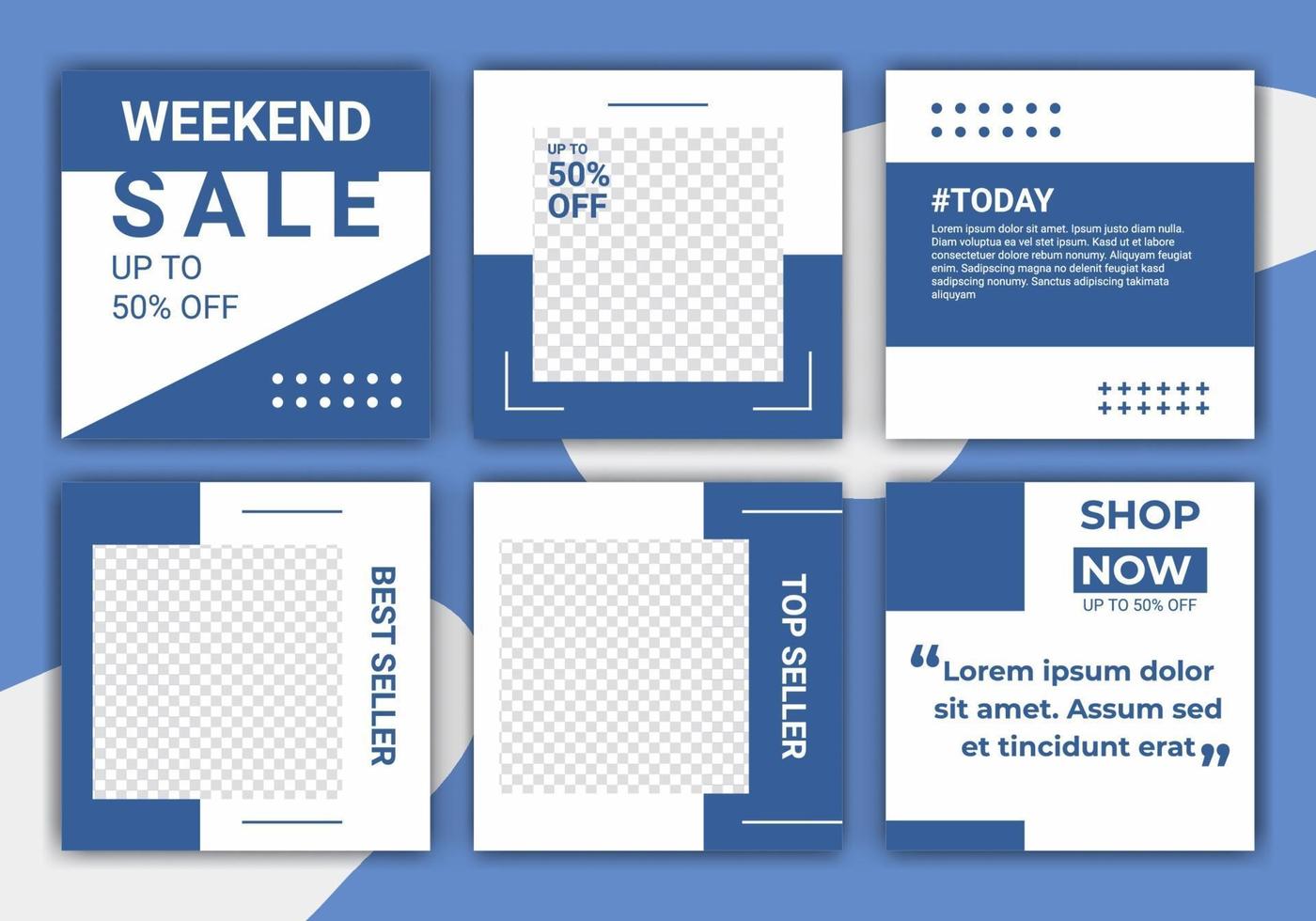

So what sizes of photographs do you need to print an image on various objects? The answer is that it depends on the object. Though 1280 pixels wide might be useful for Tumblr, even a 1024 image should display well, especially in the dashboard. With all of this, a standard quickly emerges where anything larger than 1024 pixels wide is, most likely, superfluous. Tumblr can only take images up to 1280 x 1920 and those images will display in the dashboard at a maximum of 500 x 750. Tumblr, however has much more clear guidelines. Wider than 1000 and the image likely overflows but narrower than 600, the image almost certainly doesn’t fill the area. Still, most blogs on most screens have a width somewhere between 6 pixels. For example, though WordPress has four default image sizes, Small, Medium, Large and Original, their sizes can be easily changed and, with the increased use of fluid layouts, the dimensions of the site change not just from theme to theme, but screen to screen. Looking at blogging, ideal image size is usually determined by the theme. The highest level with a set size (original can be any size) is X3Large, which is 1600 x 1200. However, the much more common “large” size is 1024 x 768, which is also the recommended size on Photobucket.Īt Smugmug, 1024 x 768 is considered “XL” with three more levels to go. Most photo sharing sites, such as Flickr, allow users to upload almost any photo size imaginable, so long as it is under a file size limit.įor Flickr, for example, an “original” image can be as large as 2400 x 1800 when pulled from the API. However those are are all one-off cases where just one image needs to be that size.įor most social media purposes, a 600 pixel image may not look large when it is viewed directly, but it won’t break your Facebook or your Twitter feed (Though Twitter does 880 x 440 for an image display size) as your previews should display correctly.

In fact, a Google+ cover photos is a whopping 2120 x 1192. Facebook cover photos, Twitter headers and Google+ cover photos are all significantly larger than 600. There are also several notable exceptions to that rule. However, in nearly all of these cases, it’s possible for a user to view the photo in a larger size, one that’s dependent upon their screen. The maximum width of a Pinterest pin is 600, a timeline image preview in Facebook caps out at 403 x 403 and, similarly, a Google+ preview is only 500 x 373. However, the numbers make one thing very clear, few social media applications require an image that is larger than 612 x 612, which is the size of the lightbox view in Instagram (though the actual photos can have a much higher resolution). Online Social Media has a very simple guide on the ideal image sizes for a variety of social networks including Facebook, Twitter, Pinterest and more. Also note the date of this article and that dimensions change regularly, check for the latest numbers before following these blindly.) Common Social Media Uses (Note: All dimensions are in pixels unless otherwise noted. Still, by looking at some of the more common ways images are used and misused online, we can get an idea of what dimensions might be close to right for a file being uploaded to the Web. After all, if your biggest fear is unattributed sharing on blogs, your needs are different than if you’re worried about commercial reprinting. However, some of the question also depends on where you are most worried about your images being used.

Some of the answer depends on where you’re going to put the image as many sites and services have size requirements that you must meet in order for your image to look good. After all, most photographs look just fine online at a lower-resolution and higher-resolution images can be used in print applications (including being sold on products or used in publications) and also more easily repurposed for other sites.īut what resolution should you upload your images? There’s no cut and dry answer to that question. When visual artists are looking to protect their images, one of the first pieces of advice that they get is that they shouldn’t upload high-resolution images to the Web.


 0 kommentar(er)
0 kommentar(er)
